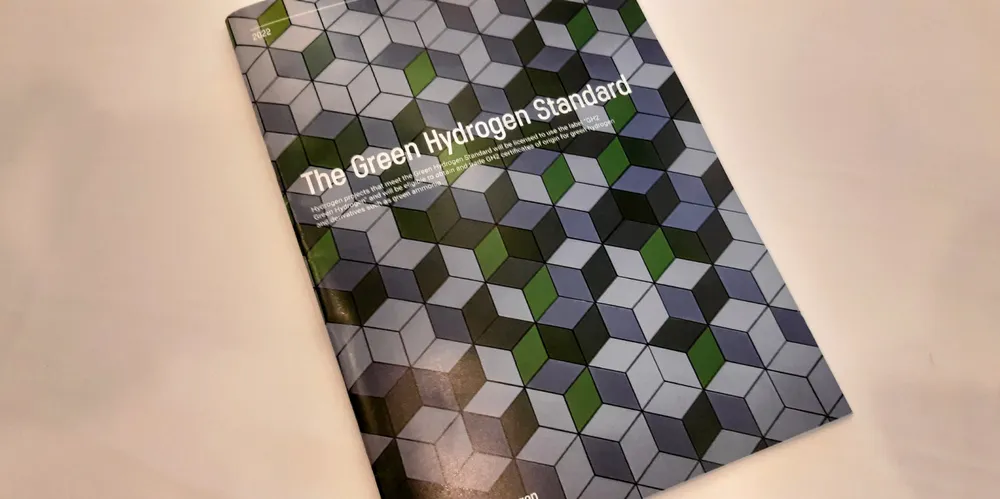'So important' | Industry sets strict rules on what can be labelled as 'green' hydrogen
Lengthy consultations end with Green Hydrogen Organisation agreeing industrial definition for green hydrogen, including ESG rules and emissions limit of 1kg CO2/kgH2
